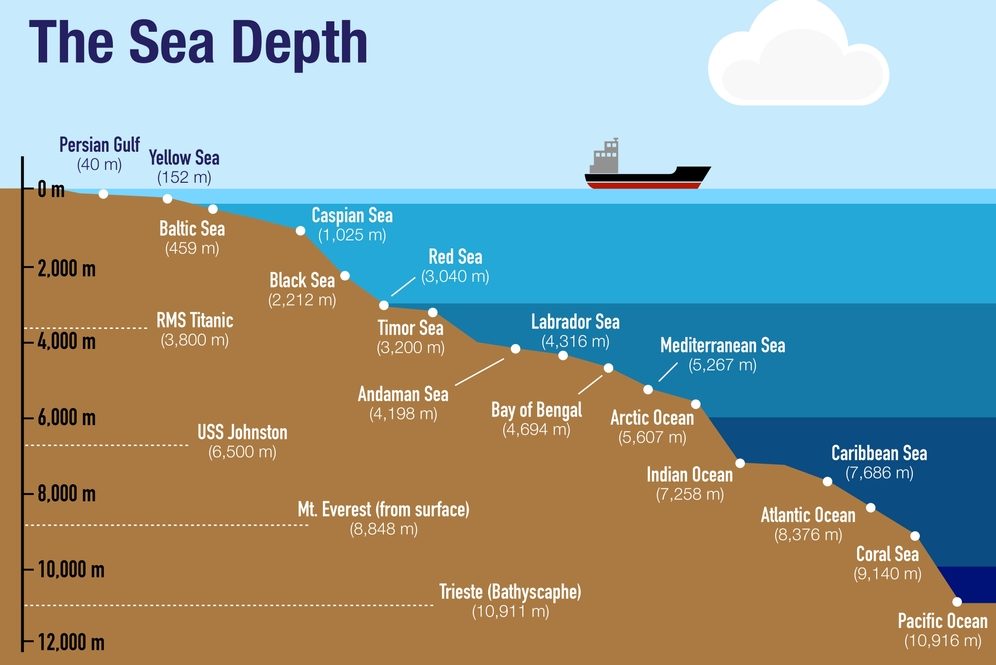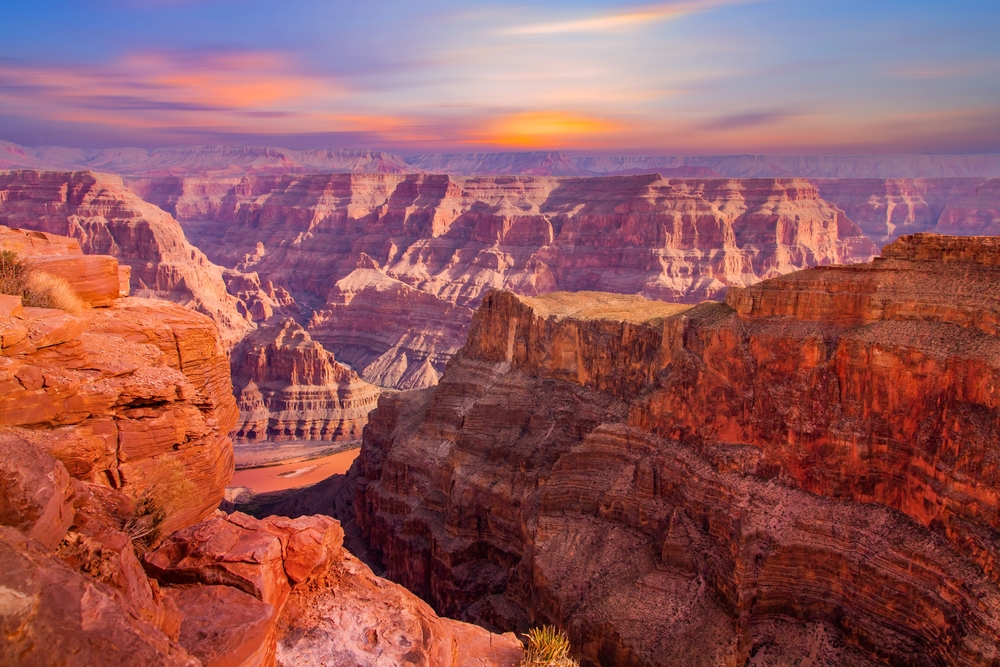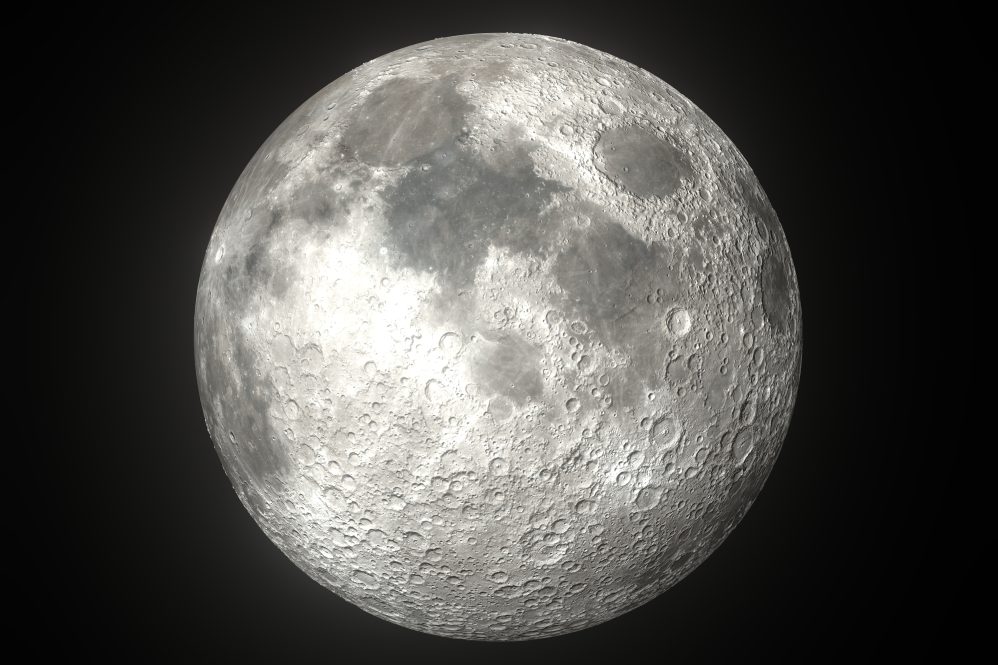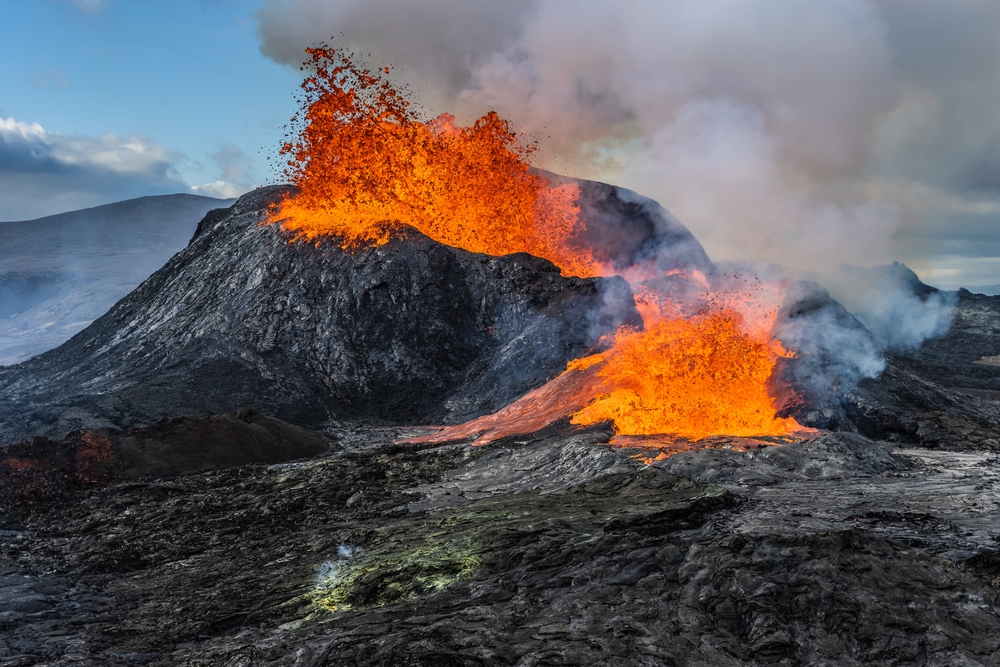Copyright © Everyday Narrative 2024. All rights reserved.
Copyright © Everyday Narrative 2024. All rights reserved.
- An Everyday Narrative Gallery Special -
Fascinating facts about Earth

Welcome to our gallery of Earth’s wonders, a celebration of the phenomenal and often overlooked aspects of the planet we call home.
Join us as we explore 20 phenomenal facts about Earth, each one shedding light on the fascinating features and processes that make our planet unique.
1. The Age of Earth

Earth is approximately 4.54 billion years old. This age is determined through the dating of rocks and meteorites, using radiometric age dating techniques. Understanding Earth’s age helps scientists piece together the history of our planet, including the formation of its atmosphere, oceans, and the development of life.
Despite its immense age, Earth is constantly changing, reshaping its surface through tectonic activity and erosion, making it a dynamic and evolving planet.
2. Water Abundance

About 71% of Earth’s surface is covered by water, earning it the nickname “Blue Planet.” This water exists in various forms: oceans, rivers, lakes, ice caps, and glaciers. Earth’s water cycle plays a crucial role in weather patterns and climate.
Despite the abundance, only about 2.5% of Earth’s water is freshwater, and a tiny fraction of that is accessible for human use. The presence of liquid water is essential for life, making Earth unique among the known planets in our solar system.
3. The Atmosphere

Earth’s atmosphere is a unique blend of gases, primarily nitrogen (78%) and oxygen (21%), with traces of argon, carbon dioxide, and other gases. This composition is crucial for sustaining life, protecting us from harmful solar radiation, and regulating temperature.
The atmosphere is divided into layers, each with distinct characteristics. The troposphere, where we live, is where weather occurs. The stratosphere contains the ozone layer, which shields life from ultraviolet rays. Higher up, the thermosphere and exosphere gradually transition into space.
4. Plate Tectonics

Earth’s lithosphere is divided into several tectonic plates that float on the semi-fluid asthenosphere. These plates constantly move, causing earthquakes, volcanic activity, and mountain formation.
This process is known as plate tectonics. The interactions between plates shape Earth’s surface and are responsible for creating some of the planet’s most dramatic landscapes, such as the Himalayas and the Pacific Ring of Fire.
The movement of plates also plays a critical role in the carbon cycle, influencing climate over geological timescales.
5. Earth’s Magnetic Field

Earth has a magnetic field generated by the movement of molten iron in its outer core. This magnetic field extends into space, forming the magnetosphere, which protects the planet from the solar wind and cosmic radiation. The magnetic field is crucial for maintaining our atmosphere and enabling life to thrive. It also causes phenomena such as the auroras, which are beautiful light displays near the poles, created when charged particles from the Sun interact with the magnetic field.
6. Aurora Borealis and Australis

The Northern and Southern Lights, known as Aurora Borealis and Aurora Australis, are stunning natural light displays that occur near the polar regions. These lights are caused by the interaction between charged particles from the Sun and Earth’s magnetic field. When these particles collide with gases in the atmosphere, they emit light, creating colourful displays of green, pink, red, and purple.
Auroras are not only beautiful but also provide valuable information about the state of the solar wind and the behaviour of Earth’s magnetic field.
7. Deepest Point: Mariana Trench

The Mariana Trench is the deepest part of the world’s oceans, reaching a depth of about 11,034 meters (36,201 feet) at the Challenger Deep. Located in the western Pacific Ocean, the trench is a result of subduction, where one tectonic plate is forced under another.
This extreme environment is home to unique and bizarre life forms adapted to high pressure, low temperatures, and complete darkness. The trench remains largely unexplored, holding many secrets about the Earth’s geological processes and the potential for novel life forms.
8. Highest Point: Mount Everest

Mount Everest, the highest point on Earth, stands at 8,848 meters (29,029 feet) above sea level. Located in the Himalayas on the border between Nepal and Tibet, Everest attracts climbers from around the world. Reaching the summit is a significant achievement, requiring physical endurance and acclimatization to high altitudes.
Everest’s formation is a result of the collision between the Indian and Eurasian tectonic plates. The mountain continues to rise slowly each year due to ongoing tectonic activity.
9. The Grand Canyon

The Grand Canyon, located in Arizona, USA, is a massive and visually stunning canyon carved by the Colorado River. It is 446 km (277 miles) long, up to 29 km (18 miles) wide, and over 1.6 km (1 mile) deep. This natural wonder reveals a rich geological history, with rock layers dating back over 2 billion years.
The Grand Canyon is not only a testament to the power of erosion but also a place of great biodiversity, with unique ecosystems found at different elevations within the canyon.
10. Biodiversity Hotspots

Earth is home to millions of species, with certain regions known as biodiversity hotspots harbouring an exceptional variety of life. These hotspots, such as the Amazon Rainforest and the Coral Triangle, are critical for the planet’s ecological health. They provide essential services like pollination, water purification, and carbon storage.
Despite covering only a small fraction of the Earth’s surface, these areas are rich in endemic species—those found nowhere else on Earth. Protecting these hotspots is vital for conserving global biodiversity.
11. The Water Cycle

The water cycle, or hydrological cycle, is a continuous process by which water moves through the Earth’s atmosphere, surface, and subsurface. It involves processes such as evaporation, condensation, precipitation, and infiltration. This cycle is essential for distributing heat around the globe, supporting plant and animal life, and replenishing freshwater resources.
Understanding the water cycle helps us predict weather patterns, manage water resources, and comprehend the impacts of climate change on our environment.
12. Lightning Strikes

Earth experiences about 1.4 billion lightning strikes per year. Lightning is a powerful electrostatic discharge that occurs during thunderstorms, creating a sudden flash of light and a sharp sound. It heats the air to around 30,000 Kelvin (53,540 degrees Fahrenheit), much hotter than the surface of the Sun.
Lightning is not only a dramatic natural phenomenon but also plays a role in nitrogen fixation, making nitrogen available to plants, which is essential for life.
13. Earth’s Rotation

A day on Earth is approximately 23 hours, 56 minutes, and 4 seconds. This period, known as a sidereal day, is the time it takes for Earth to complete one rotation relative to distant stars. Due to Earth’s rotation, we experience day and night. The planet’s rotation speed varies, being fastest at the equator (about 1,670 km/h or 1,037 mph) and slowing towards the poles.
Earth’s rotation also causes the Coriolis effect, influencing weather patterns and ocean currents.
14. Seasons and Axial Tilt

Earth’s axial tilt of about 23.5 degrees is responsible for the changing seasons. As the planet orbits the Sun, different parts of Earth receive varying amounts of sunlight, creating seasonal variations in temperature and weather. The tilt causes phenomena such as the Midnight Sun and Polar Night in polar regions, where the Sun remains above or below the horizon for extended periods.
Understanding Earth’s tilt and its impact on climate is crucial for agriculture, ecology, and human activities.
15. Earth’s Moon

Earth’s only natural satellite, the Moon, plays a significant role in our planet’s dynamics. The Moon’s gravitational pull causes ocean tides, affecting coastal ecosystems and human activities. The Moon also stabilizes Earth’s axial tilt, contributing to a stable climate over geological timescales.
Lunar phases, resulting from the Moon’s orbit around Earth, have influenced human culture and calendars. The Moon’s surface, marked by craters and ancient volcanic plains, provides insights into the history of our solar system.
16. The Carbon Cycle

The carbon cycle is the process by which carbon moves between the atmosphere, oceans, soil, and living organisms. This cycle is crucial for regulating Earth’s climate and supporting life.
Plants absorb carbon dioxide during photosynthesis, converting it into organic matter. Carbon is then transferred through food chains and eventually returned to the atmosphere through respiration, decomposition, and volcanic activity.
Human activities, such as burning fossil fuels and deforestation, have significantly altered the carbon cycle, contributing to climate change.
17. The Ozone Layer

The ozone layer, located in the stratosphere, contains a high concentration of ozone (O3) molecules. It absorbs most of the Sun’s harmful ultraviolet (UV) radiation, protecting life on Earth from its damaging effects.
The discovery of the ozone hole over Antarctica in the 1980s highlighted the impact of human activities, particularly the release of chlorofluorocarbons (CFCs), on the ozone layer. International efforts, such as the Montreal Protocol, have successfully reduced CFC emissions, leading to gradual recovery of the ozone layer.
18. Earthquakes

Earthquakes are sudden, violent shaking of the ground caused by the movement of tectonic plates along faults. They can release immense amounts of energy, measured on the Richter scale. Earthquakes can cause significant damage to buildings and infrastructure, leading to loss of life and economic impacts.
Understanding the mechanisms behind earthquakes helps scientists develop better prediction models and improve building designs to withstand seismic activity. Major fault lines, such as the San Andreas Fault in California, are closely monitored for seismic activity.
19. Volcanic Activity

Volcanoes are openings in Earth’s crust that allow molten rock, gases, and ash to escape from the mantle. Volcanic activity shapes Earth’s surface, creating mountains, islands, and new landforms. Eruptions can have both constructive and destructive effects, influencing climate, ecosystems, and human societies.
Volcanic ash can fertilise soils, while gases like sulfur dioxide can lead to temporary cooling of the atmosphere. Some of the most active volcanoes include Kilauea in Hawaii, Mount Etna in Italy, and Mount Fuji in Japan.
20. Human Impact and the Anthropocene

The term “Anthropocene” describes a new geological epoch characterized by significant human impact on Earth’s geology and ecosystems. Human activities, such as industrialisation, urbanisation, and deforestation, have altered landscapes, climates, and biodiversity.
The Anthropocene highlights issues like climate change, pollution, and habitat destruction. Efforts to address these challenges include sustainable development, conservation, and renewable energy.
Recognising the Anthropocene emphasises the need for responsible stewardship of our planet to ensure a sustainable future for all life forms.
Gallery Specials
Latest Articles
- Disney Remakes the Timeless Classic ‘Snow White’
- Here’s what to expect from Season 4 of Slow Horses, only on Apple TV+
- Marvel’s ‘Agatha All Along’ coming soon
- Adam Sandler Announces ‘Happy Gilmore 2’
- Jennifer Lopez files for divorce from Ben Affleck to end her fourth marriage
- On this day in 1995, the Battle of Britpop reached its climax
- Vince Vaughn Returns in the New Dark Apple TV+ Comedy ‘Bad Monkey’
- Matt Damon and Casey Affleck lead a star-studded cast in ‘The Instigators’
- The anticipation builds for ‘The Last of Us’ Season 2
- Has Simone Biles cemented her place as the greatest American Olympian of all time?
- Anticipation grows for the Disney sequel ‘Moana 2’
- A battle begins at Royal Troon for The Open Golf Championship 2024
- The evolution of binge-watching
- Tom Hanks reunites with Robin Wright in ‘Here’
- Taylor Swift’s ‘Eras Tour’ is a phenomenal success















